In the field of medical manufacturing, the quality of injection molds directly impacts the precision, performance, and safety of medical products. The manufacturing process of medical injection molds is a complex and highly precise one, involving multiple stages from design conception to mass production of final products. Every minor detail throughout this process can potentially have a profound influence on the mold quality. So, what exactly are the factors that affect the quality of medical injection molds? Let's delve into them together.
1. Medical Mold Steel: Laying the Foundation for Quality
The selection of steel is the decisive factor for the quality of medical molds, and reasonable material selection is the primary and crucial task. When choosing steel, several criteria need to be considered comprehensively:
Firstly, it should be based on the requirements of the medical injection molding material. Different plastics have distinct characteristics and thus different requirements for steel. For instance, for plastics that demand good polishing performance and corrosion resistance, appropriate steel that meets these specifications must be selected.
Secondly, the price of steel is also an important consideration. While controlling the cost of injection molds, materials that match the mold's lifespan should be chosen to avoid unnecessary waste during the plastic injection molding process.
Thirdly, the surface treatment requirements of the mold are equally significant. Processes like nitriding can enhance the surface hardness of steel, effectively extending the mold's service life. Electroplating, on the other hand, can alter the properties of mold steel. For some high-brightness and corrosion-resistant plastic parts, electroplating can further strengthen and improve the steel's performance.
2. Structural Design: Rational Layout for Efficient Molds
A mature mold structural design is a crucial aspect of ensuring mold quality. It not only needs to fully consider key parameters such as the material properties, shrinkage rate, molding temperature, and elastic tensile deformation coefficient of the product but also pay meticulous attention to details like the cooling water circuit and the speed of mold opening and closing. A reasonable injection mold structure can effectively extend the mold's lifespan, ensure smooth mold operation during production, improve production efficiency, and reduce production costs.
3. Mold Processing: Precise Craftsmanship Ensures Mold Stability
A reasonable layout of mold processing technology is of great significance. It can not only accelerate the mold's production cycle, shorten processing time, and effectively save costs but also, more importantly, ensure the mold's stability during production and extend its service life through accurate and reasonable processing. Conversely, poor processing can lead to a series of problems, such as affecting mold movement, shortening the mold's lifespan, and even causing serious failures like mold cracking or breaking during the production process.

4. Standard Parts: Quality in Details
Although standard parts do not directly participate in the molding process, they control the operation of the entire mold. High-quality mold standard parts should possess characteristics such as wear resistance, hardness, high precision, and resistance to deformation. These seemingly insignificant standard parts actually play a vital role in the overall performance and stability of the mold.
5. Mold Fitting: A Perfect Blend of Experience and Technology
The mold fitting process heavily relies on the experience of mold fitters. It may seem simple at first glance, but in reality, it is a highly technical task, especially in the manufacturing of complex molds, where the mold fitting stage is of utmost importance. Mold fitters, with their rich experience and exquisite skills, make fine adjustments to the mold to ensure that its precision and performance reach the optimal state.
6. Polishing/Texturing: The Key to Shaping Perfect Plastic Parts
Polishing of injection molds is a crucial step in the mold manufacturing process. The polishing effect will be directly reflected on the plastic parts, making this a task that brooks no negligence. Moreover, good polishing also facilitates mold movement, particularly playing a key role in the demolding process. Many molds encounter difficulties in smooth production precisely due to poor polishing, which increases resistance and makes demolding challenging.
7. Mold Assembly: Rigorous and Meticulous for Flawless Results
Mold assembly is akin to assembling a precision machine. Every component and every screw must be free from the slightest error. Once a mistake occurs, the consequences can be dire, potentially leading to product defects, affecting production progress, and in severe cases, even damaging the mold and causing it to be scrapped. Therefore, the assembly work must be carried out with utmost rigor and meticulousness. During the assembly process, particular attention should be paid to cleaning areas such as the water circuit and screw holes to ensure that all parts of the mold can function properly.
8. Cooling Water Circuit: Efficient Cooling for Stable Production
For those with experience in injection molds, the importance of cooling for injection molds is well understood. With the continuous rise in prices and labor wages, even a one-second reduction in each injection cycle can bring considerable profits. However, when the production cycle is accelerated, the temperature of the injection mold will rise accordingly. If the mold temperature cannot be effectively controlled, the mold may become too hot to mold properly, or even deform or be scrapped. Therefore, excellent water circuit design is of paramount importance, including careful planning and design of aspects such as the layout density, diameter, and connections between water circuits.
9. Mold Maintenance: Regular Care Extends Mold Lifespan
The maintenance work of injection molds mainly focuses on the care and maintenance during the mold's production process. After each use of the mold, comprehensive and meticulous maintenance should be carried out, especially emphasizing anti-rust treatment for the molding parts and the main moving parts. Through regular maintenance and care, the service life of the mold can be effectively extended, ensuring that the mold remains in a good working condition at all times.
In conclusion, the quality of medical injection molds is influenced by a combination of multiple factors. Only by strictly controlling every aspect, from steel selection, structural design, processing technology, standard part selection, mold fitting, polishing/texturing, assembly, cooling water circuit design, to maintenance and care, can high-quality medical injection molds be manufactured, providing a solid guarantee for the production of medical products.
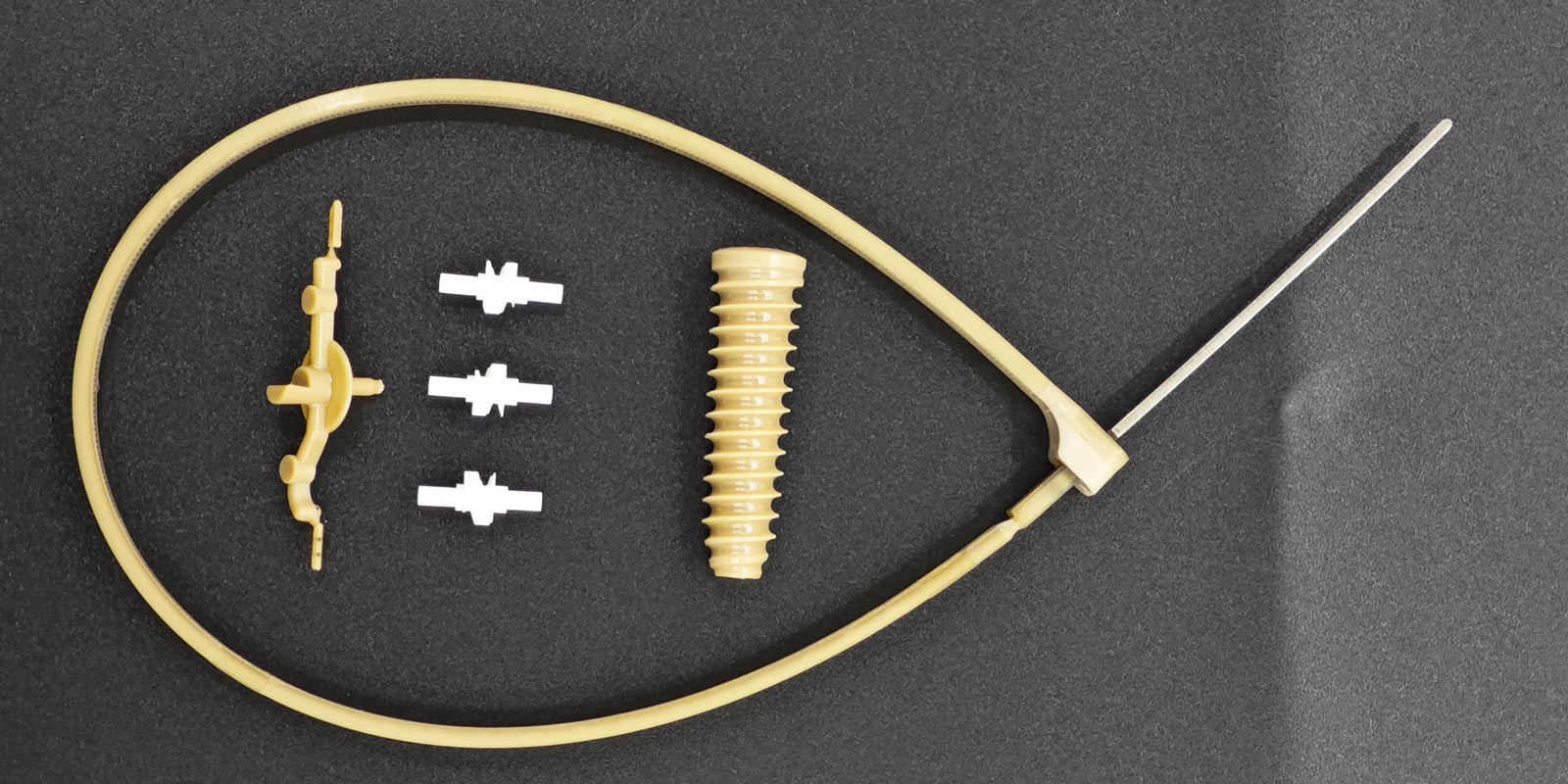
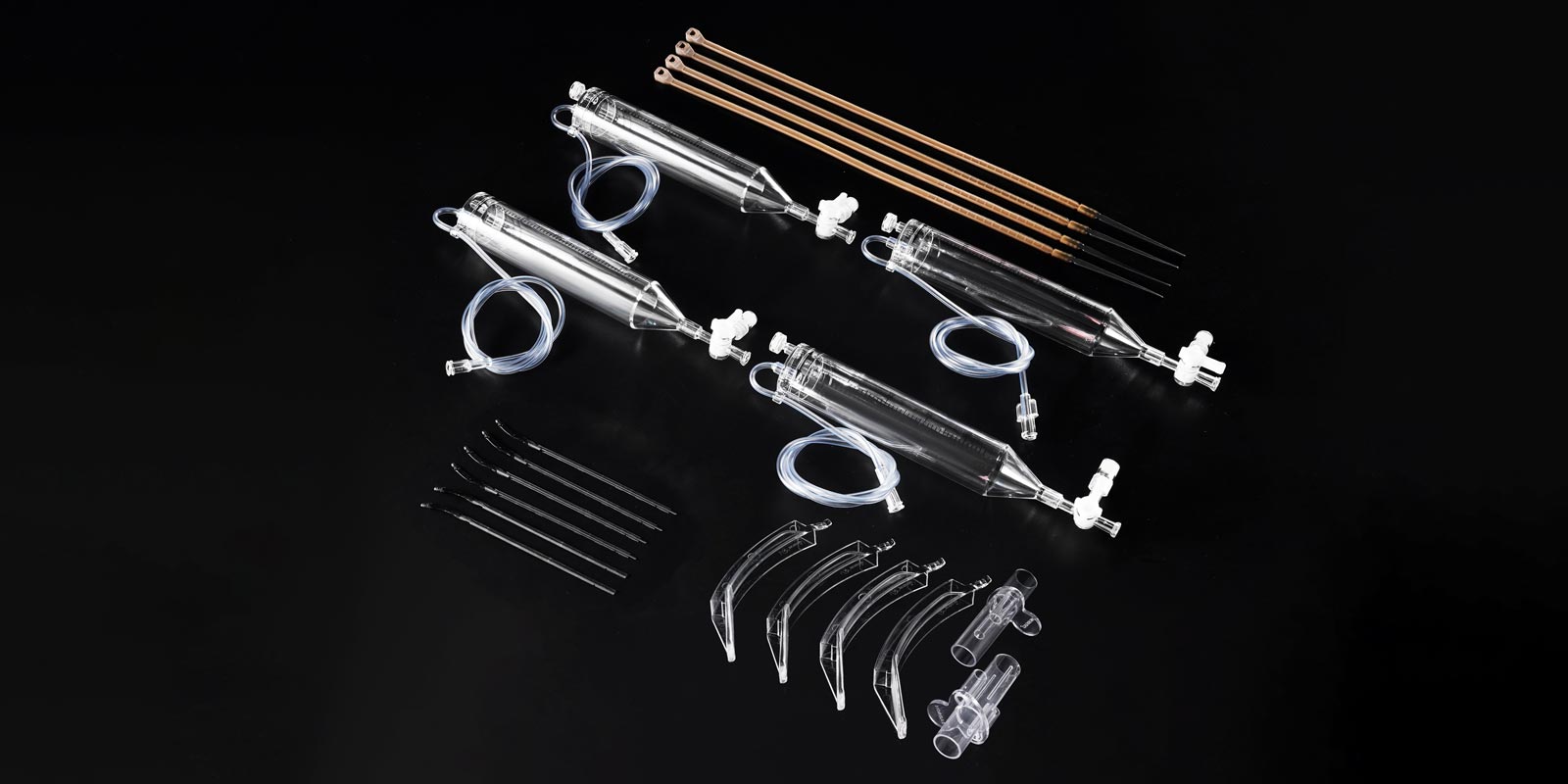
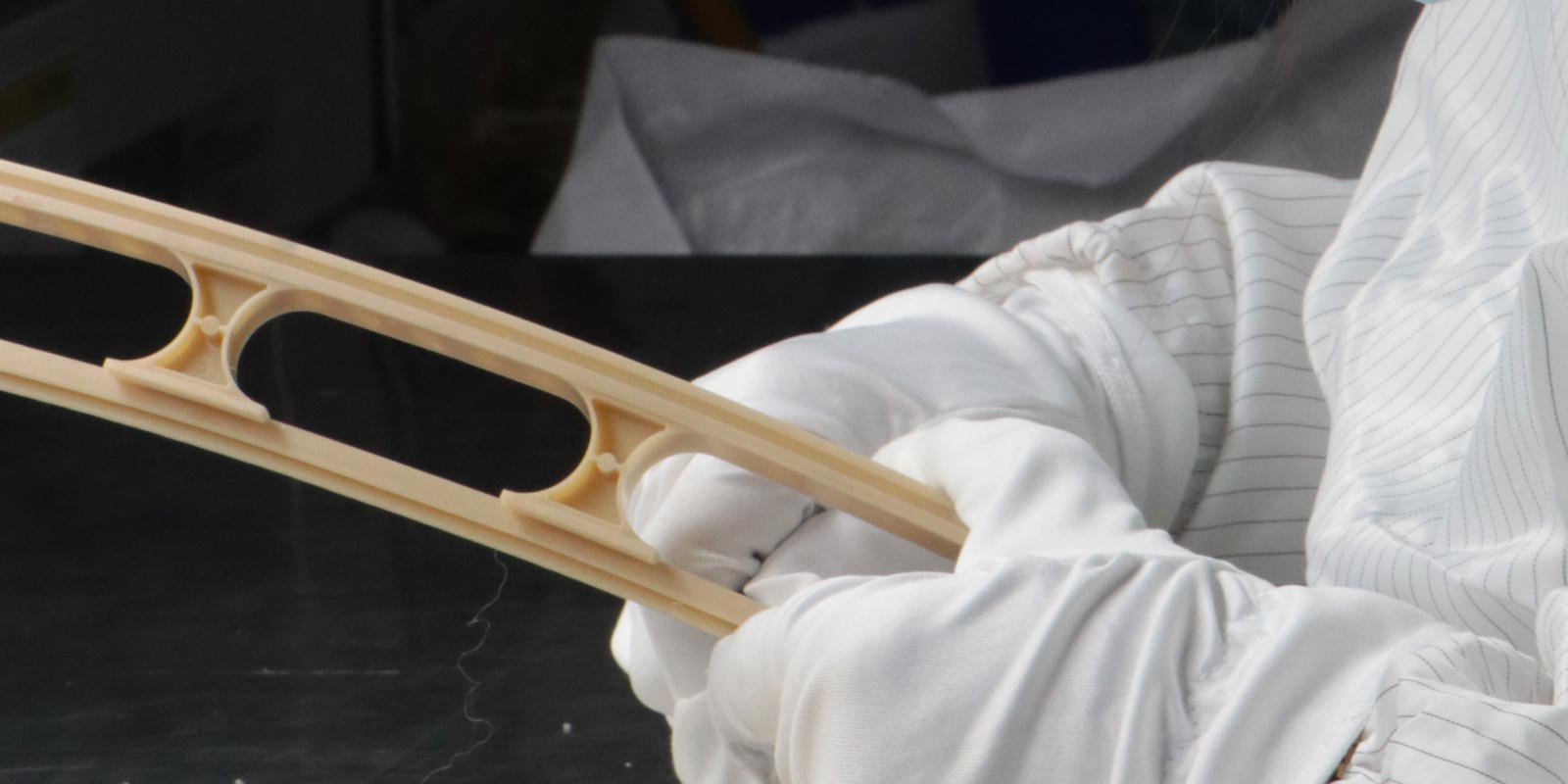
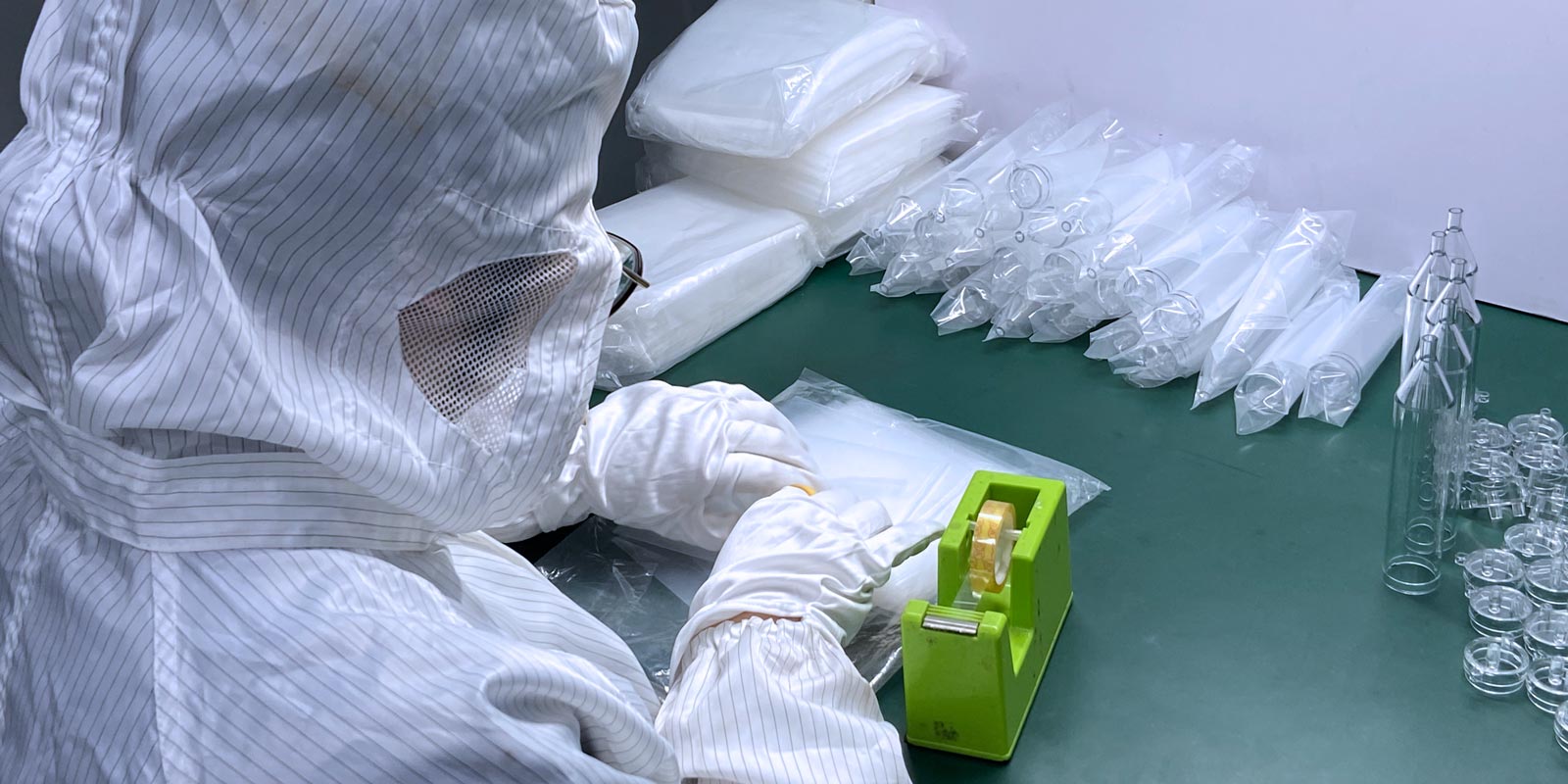
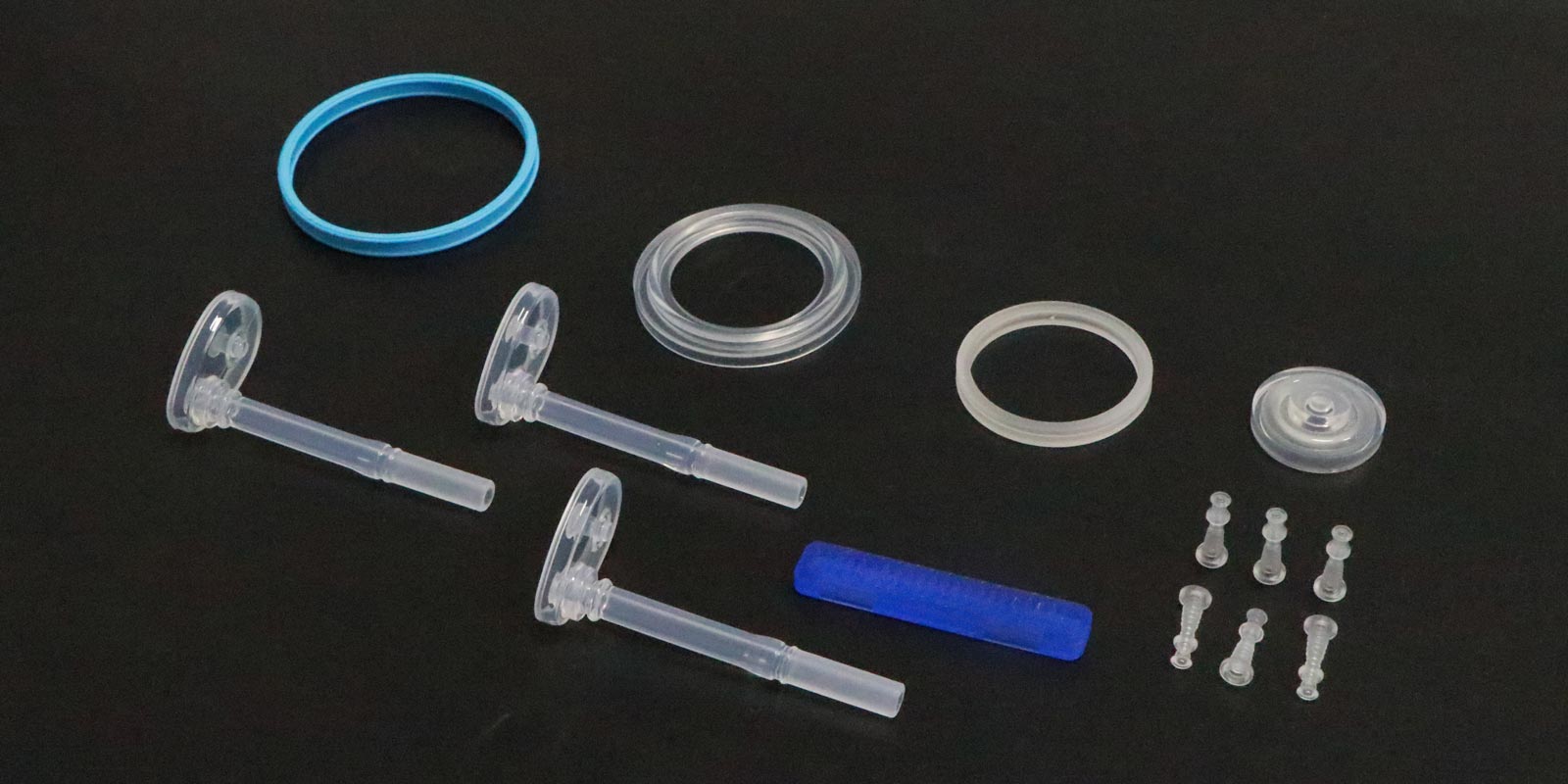
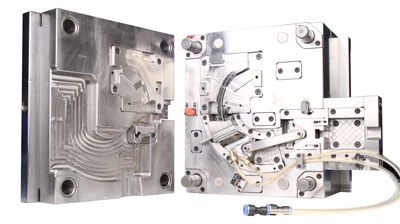
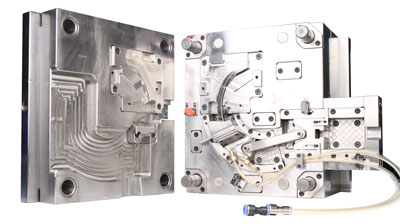
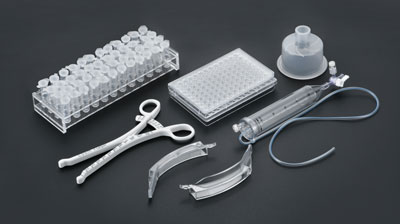








 Home
Home
